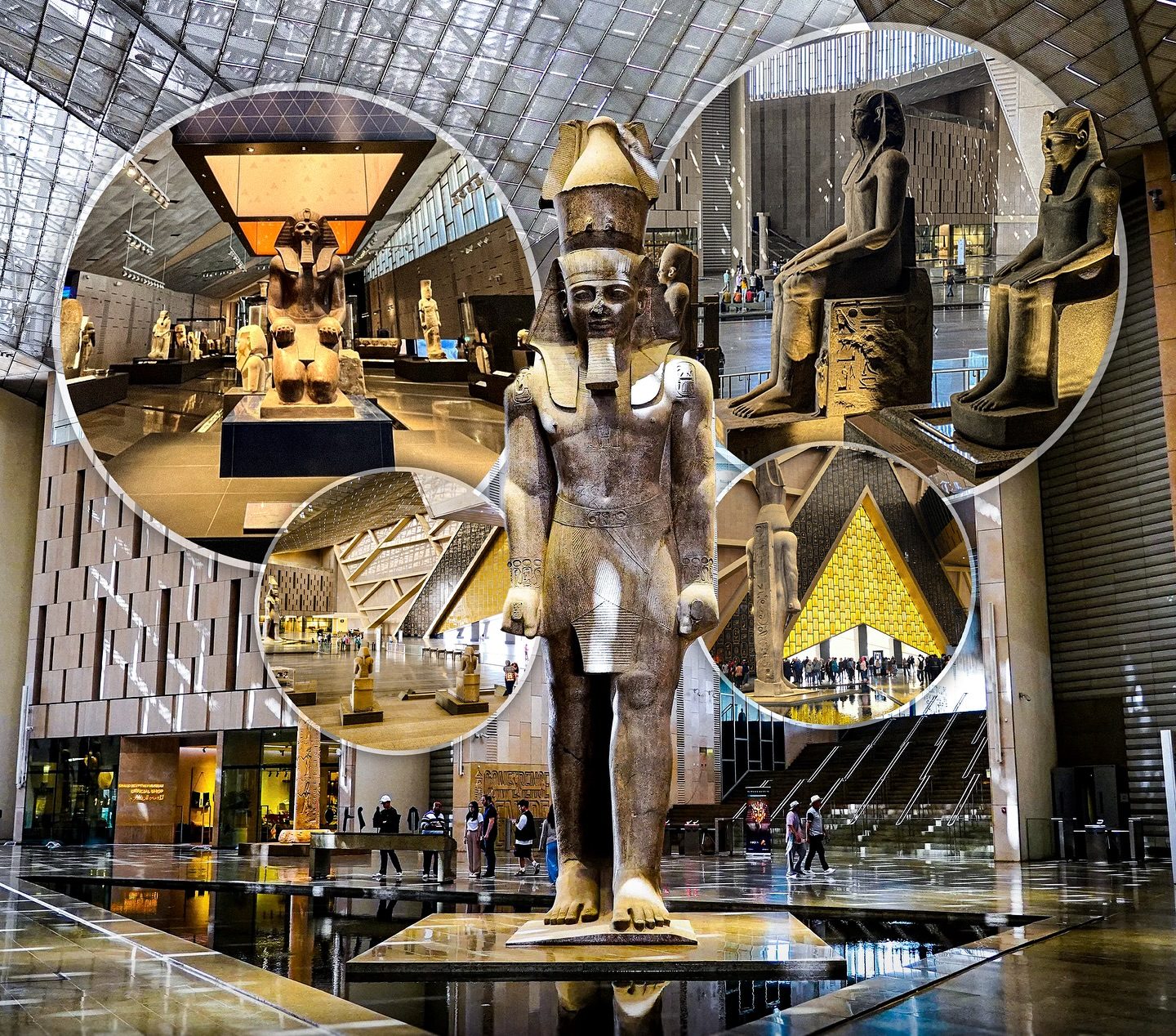After 20 Years and $1.5 Billion Invested, Egypt’s Great Museum Will Open This Fall
For two decades, the world has waited for Egypt to unveil its most ambitious cultural project, and now the finish line is finally in sight. The Grand Egyptian Museum, often called the GEM, has been under construction beside the Pyramids of Giza for over 20 years, with an investment of around $1.5 billion. Announced with big promises and long delays, it now has an official date for its full opening—November 2025. This isn’t just another museum; it’s a project that Egypt hopes will redefine the way the world experiences its ancient history.
Walking into the complex, even during its current trial phase, feels overwhelming. The Grand Hall alone stuns visitors with its sheer size, flooded with light and anchored by a towering statue of Ramses II, greeting guests as though time itself has paused. The building is sleek and modern, but at the same time, it feels deeply connected to the treasures it houses, sitting in the shadow of the pyramids, as if bridging past and present. The museum’s design was meant to mirror both contemporary architecture and the eternal geometry of Egypt’s monuments, and it succeeds.
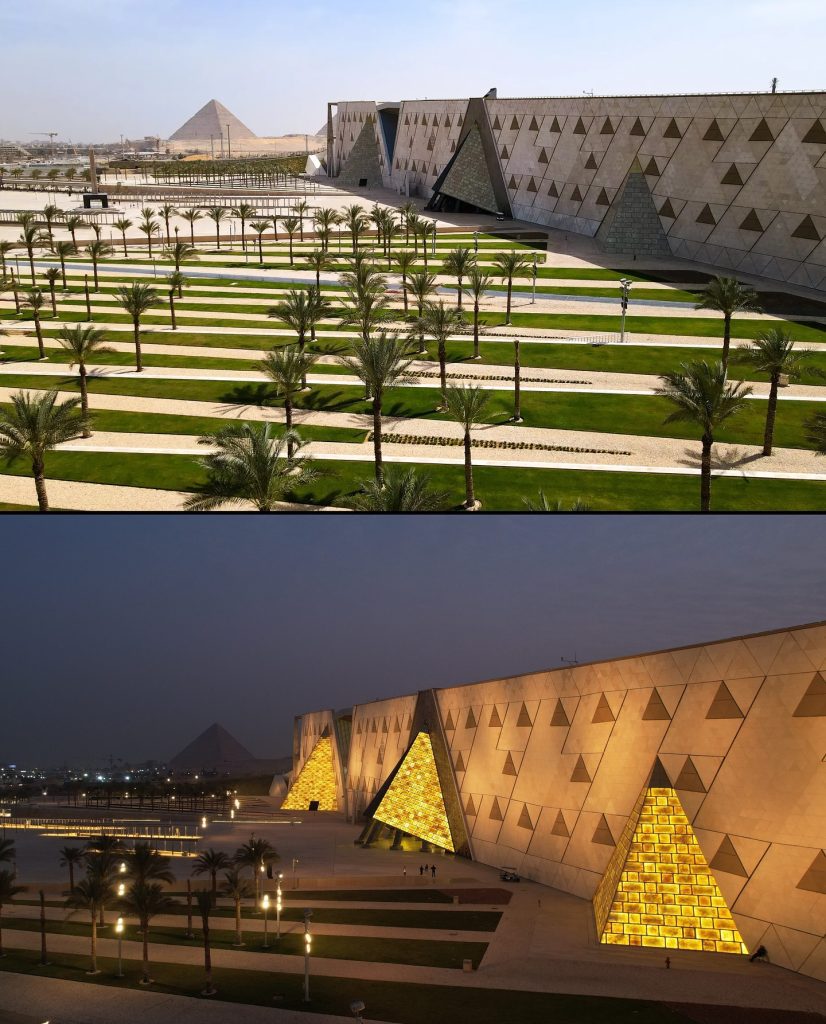
Perhaps the most talked-about feature is the complete Tutankhamun collection. For the first time ever, all 5,400 artifacts from the boy king’s tomb will be displayed together. From his golden mask to the everyday objects buried with him, the exhibition will provide a rare and intimate glimpse into the life of one of history’s most famous rulers. For many people, this alone is reason enough to visit. Until now, items from Tutankhamun’s tomb were scattered across different museums or stored away from public view. Bringing them all together under one roof is a historic achievement for archaeology and for Egypt’s cultural legacy.
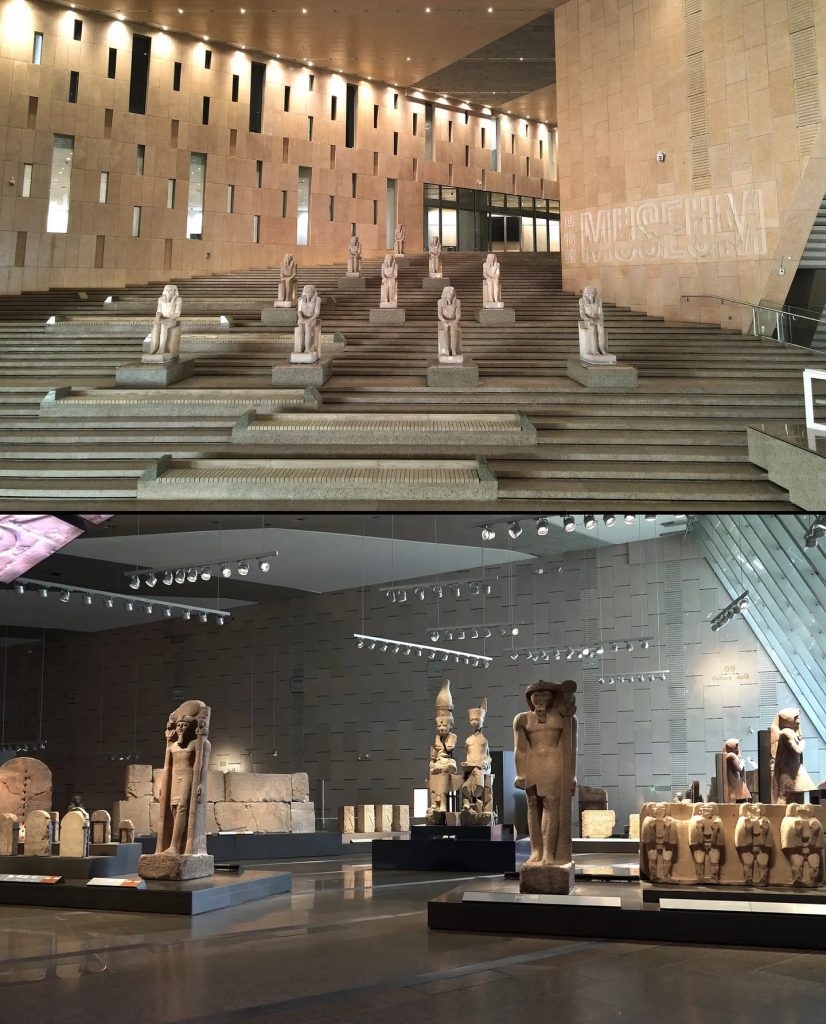
But the Grand Egyptian Museum is not only about Tutankhamun. Its galleries are designed to hold more than 100,000 artifacts, telling the story of one of the oldest civilizations on Earth. Colossal statues, delicate jewelry, intricate carvings, and everyday tools from ancient times all come together to give visitors a sense of how the Egyptians lived, worshipped, and dreamed. The scale of the project is staggering—experts say it will be the largest archaeological museum in the world.
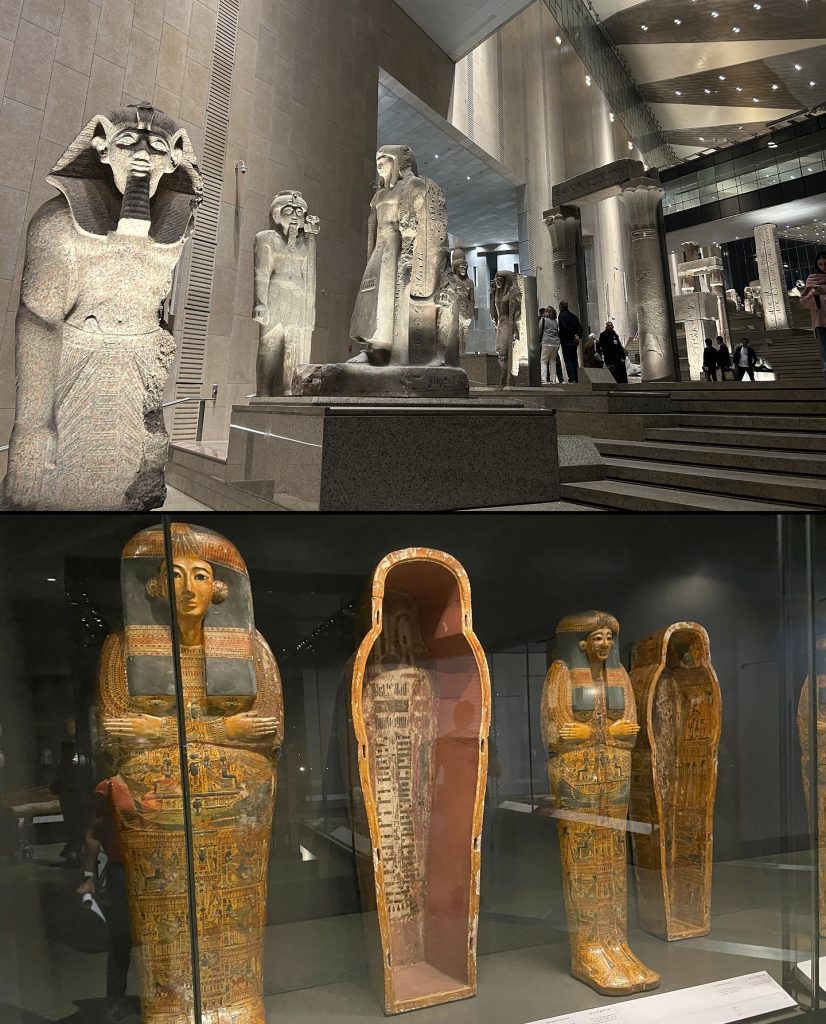
Egypt has already begun allowing trial access to parts of the museum, including the Grand Hall and several main galleries. These previews have given visitors a taste of what’s to come, while allowing curators and staff to refine the visitor experience before the official launch. The excitement around these soft openings has only built anticipation for the grand debut.
There’s also an economic story behind the museum. Tourism accounts for roughly 9% of Egypt’s GDP, and the GEM is seen as a way to supercharge that sector. The location beside the Giza pyramids makes it ideal for drawing millions of tourists, offering them a seamless journey from the most iconic monuments in the world into the heart of Egypt’s preserved treasures. The Egyptian government hopes this will not only boost tourism revenues but also provide a renewed sense of national pride in its cultural heritage.
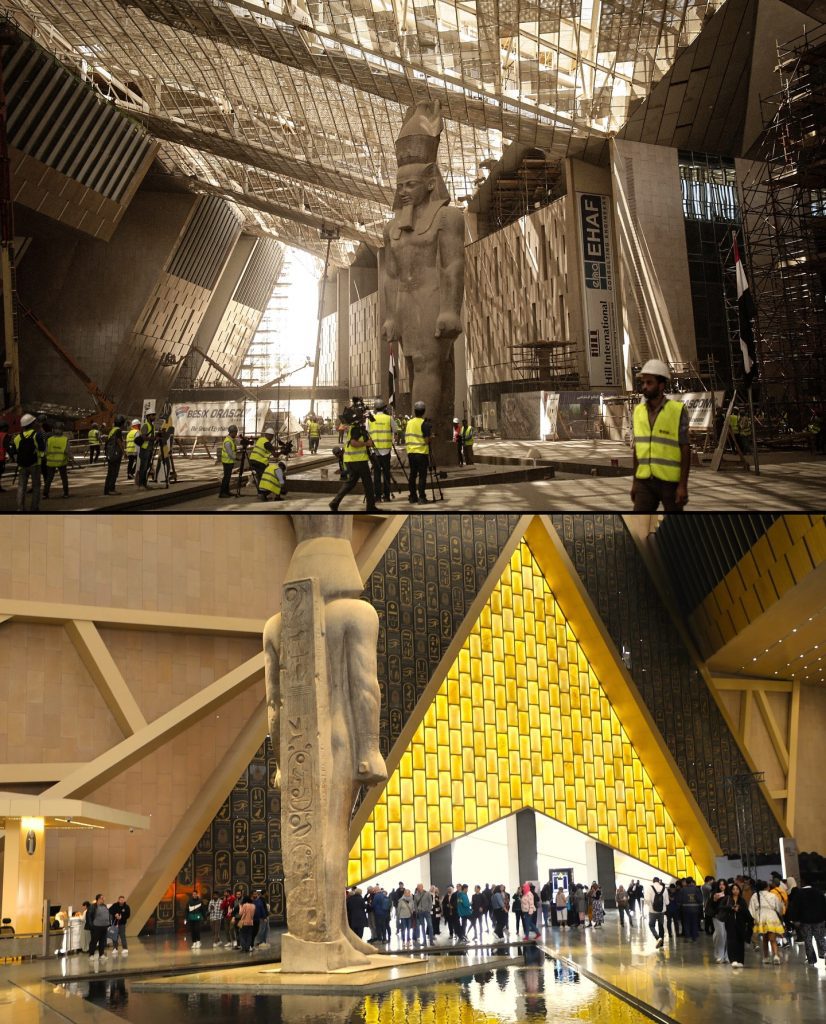
The journey to this point hasn’t been easy. Construction delays, financial challenges, political shifts, and even a global pandemic pushed the project back again and again. Many wondered if the museum would ever truly open. But standing inside the nearly completed halls today, you can feel the determination that carried the project through. It feels less like a museum and more like a promise kept, a gift of history finally unveiled after years of waiting.
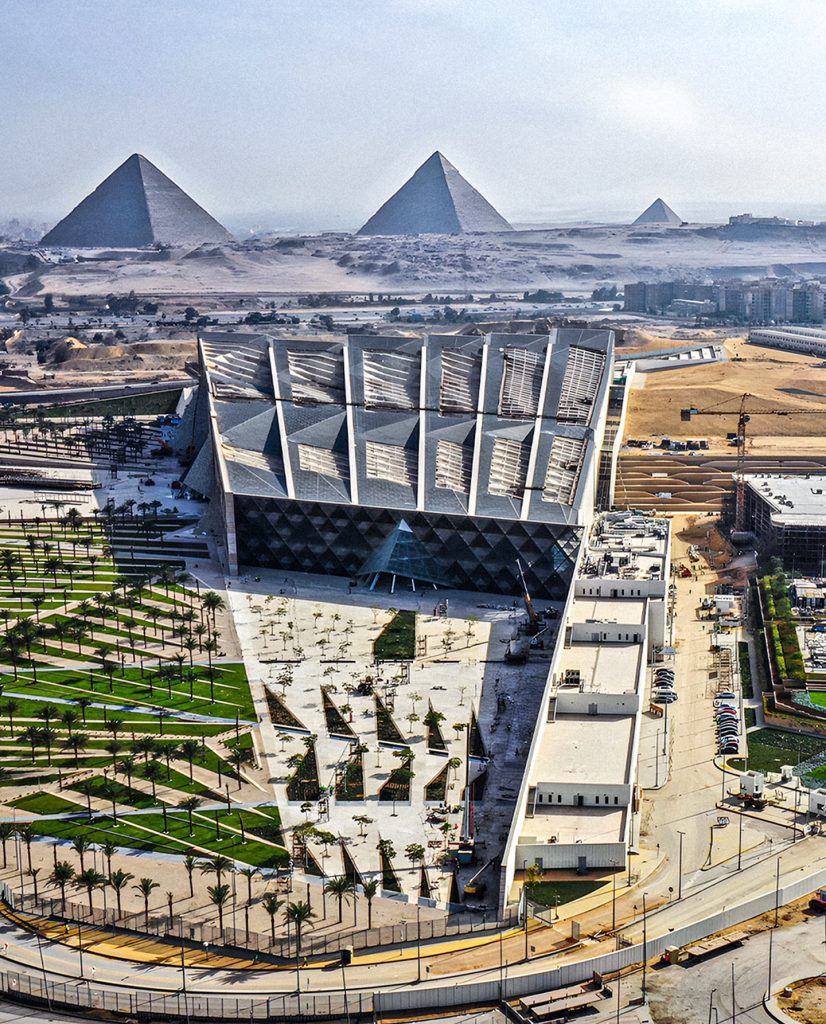
When November 2025 arrives, the world will finally be able to step inside and see Egypt’s history presented on a scale never before attempted. For travelers, it will be a once-in-a-lifetime chance to witness the treasures of the past in a setting designed to honor their timelessness. For Egypt, it will be a declaration to the world that its cultural heartbeat is still as strong as ever.

